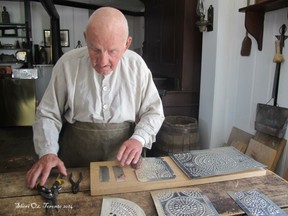 John, originally from Scotland, has been working as a tinsmith in pioneer village for the past 25 years or so. He is a real character and my daughter and I were very happy to have met him and have had the opportunity to enjoy his stories and his sense of humor.
John, originally from Scotland, has been working as a tinsmith in pioneer village for the past 25 years or so. He is a real character and my daughter and I were very happy to have met him and have had the opportunity to enjoy his stories and his sense of humor.
He showed us - and then the elementary school class that soon joined us - how he makes lanterns and small vessels from tin.
John told us how the women in the 1800s were essentially supposed to work in the home and raise the children and they were not really supposed to be in workshops, but to buy whatever they needed from the general store. However, they knew that if they ordered a lamp directly from the tinsmith they would get it cheaper because they wouldn't have to pay the general store mark-up. So they would send their daughters to the tinsmith and the daughter would tell him what mother wanted. The tinsmith would ask about the size and other particulars and then ask how mother intended to pay. Since only the rich had money, they would pay in bushels of produce, for example. The tinsmith would mark the amount 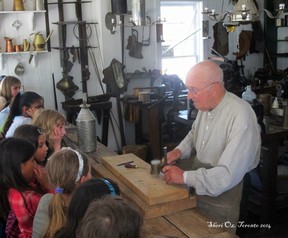 down in his ledger and if what she ordered was worth less than what she could pay, she would be left with a credit toward the next order, and if it was less, she would owe him and pay when she could.
down in his ledger and if what she ordered was worth less than what she could pay, she would be left with a credit toward the next order, and if it was less, she would owe him and pay when she could.
When I asked how long it would take to fulfill an order, John laughed and said that people did not ask such a question back then. It took as long as it took. The daughter might pop into the shop and ask if the order was ready and either it was or it was not.
These were only some of the stories we heard from John. He is happy to answer any and all questions and will amaze you with his knowledge of the times.
Tin lamps and candle holders made by John (and perhaps other tinsmiths as well) are sold in the gift shop.



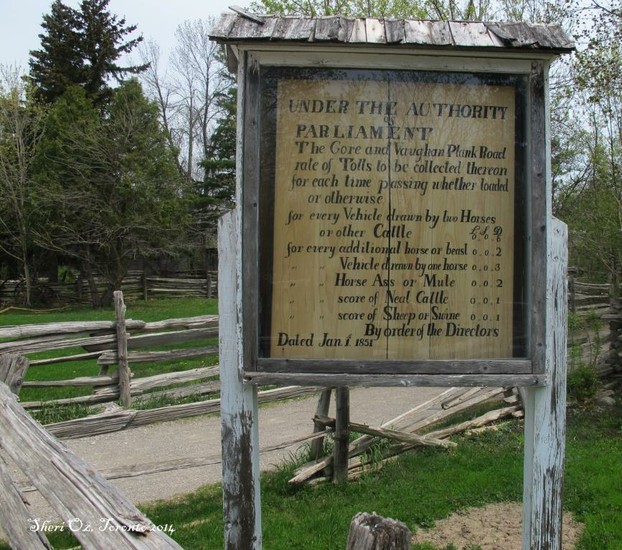
 John, originally from Scotland, has been working as a tinsmith in pioneer village for the past 25 years or so. He is a real character and my daughter and I were very happy to have met him and have had the opportunity to enjoy his stories and his sense of humor.
John, originally from Scotland, has been working as a tinsmith in pioneer village for the past 25 years or so. He is a real character and my daughter and I were very happy to have met him and have had the opportunity to enjoy his stories and his sense of humor. down in his ledger and if what she ordered was worth less than what she could pay, she would be left with a credit toward the next order, and if it was less, she would owe him and pay when she could.
down in his ledger and if what she ordered was worth less than what she could pay, she would be left with a credit toward the next order, and if it was less, she would owe him and pay when she could.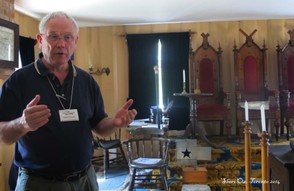
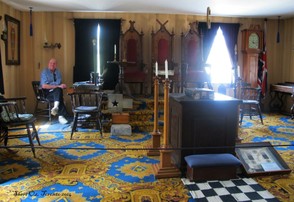
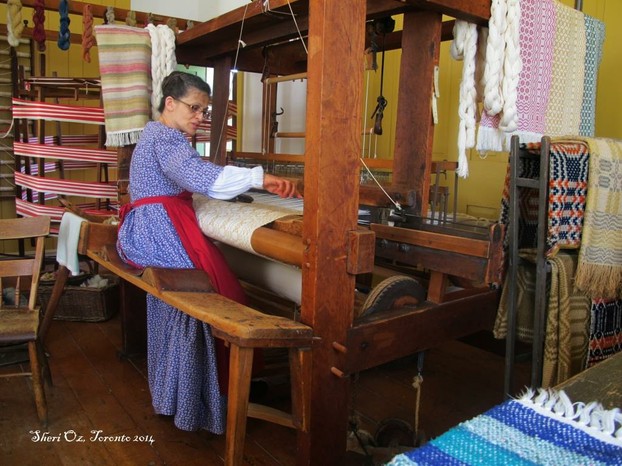
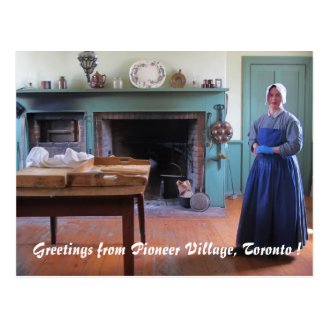
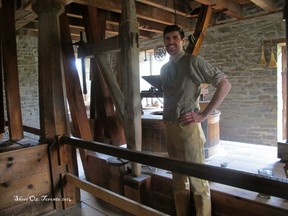 el outside this building moves two separate pieces of equipment: one that crushes the grain into flour and the other that operates a line that lifts the flour onto the threshing floor above for separation into flour and bran. You can also go downstairs to see the huge gears and hear them groaning as they turn.
el outside this building moves two separate pieces of equipment: one that crushes the grain into flour and the other that operates a line that lifts the flour onto the threshing floor above for separation into flour and bran. You can also go downstairs to see the huge gears and hear them groaning as they turn.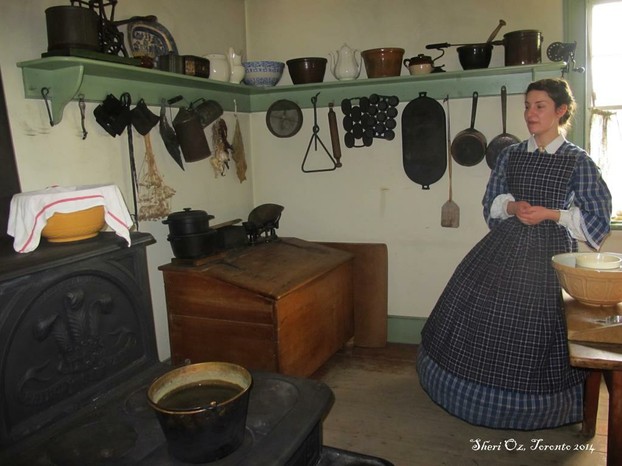
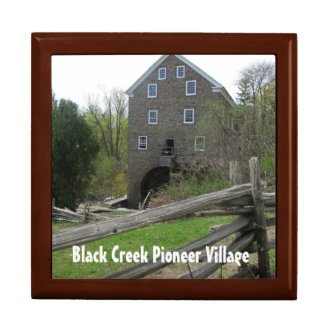

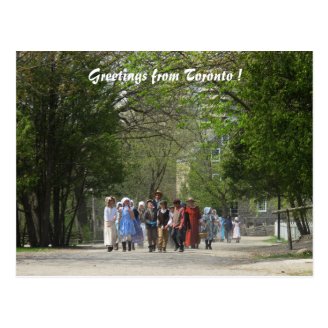
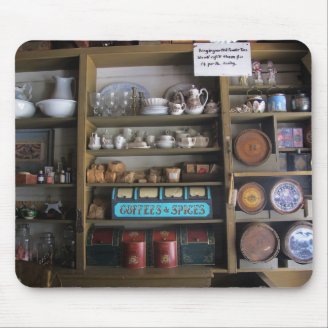


 Visiting an Art Gallery With a Two-Year-Oldon 07/27/2015
Visiting an Art Gallery With a Two-Year-Oldon 07/27/2015
 Using the News to Enhance Jewish Identity in Jewish Kidson 07/24/2015
Using the News to Enhance Jewish Identity in Jewish Kidson 07/24/2015
 Xi'an - Not Just Terracotta Warriorson 06/09/2015
Xi'an - Not Just Terracotta Warriorson 06/09/2015
 Sew Your Own Wedding Dress - or Your Daughter'son 02/06/2015
Sew Your Own Wedding Dress - or Your Daughter'son 02/06/2015

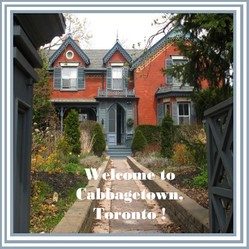
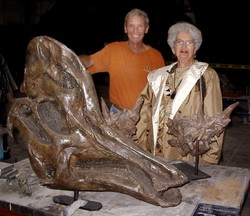
Hope you enjoyed this little trip we took together.
I often think how much the world has progressed in the past two centuries. Being who and how I am now, I couldn't see myself living in the past. Maybe 20 years ago, but not farther back :). Okay, maybe the 1960s and 1970s would be okay too :) . . .